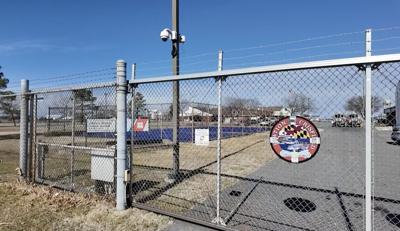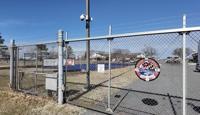CRISFIELD, MD — Major salvage operations commenced Monday morning to remove the fuselage of a regional commercial jet following its collision with an Army helicopter Wednesday, January 29.
A preliminary recovery timeline estimates that the removal of American Airlines Flight 5432 will take multiple days. After the jet's recovery, efforts will shift to retrieving the Black Hawk wreckage.
Multiple partner agencies of the National Transportation Safety Board [NTSB], including units of the U.S. Coast Guard, have responded to the aircraft collision.
Two crews of four Coast Guard members stationed at the U.S. Coast Guard Crisfield were deployed to the crash site in Washington, D.C., Thursday.
"They were called to deploy late Wednesday night after the incident," said Greg Baker, the commanding officer of the Crisfield Coast Guard Station. "They were able to prepare and get their gear and deployed Thursday morning."
The Crisfield crew is working alongside other response boat crews on the Potomac River as the recovery and removal operation continues.
"Currently, they are enforcing a safety zone to provide safety for the first responders on scene, as well as salvage crews conducting those operations," Officer Baker said.
Crews have recovered and identified 55 of the 67 victims of the aircraft incident. Officials said clearing the debris will aid their recovery efforts.
"We have some work to do as the salvage operation goes on," said D.C. Fire and Emergency Medical Services Chief John A. Donnelly Sr. "We will absolutely stay here and search until such point as we have everybody."
Despite the tragic and strenuous nature of the recovery, Officer Baker said he is confident in the Crisfield crew's commitment to supporting the entire operation.
"These are definitely tragedies that nobody wants to see," Officer Baker said. "But people who join the Coast Guard typically join because they want to save lives and provide assistance to the public, and they're doing very well with that."
The NTSB said in a statement that it expects to have a preliminary report, including the likely cause of the collision, prepared within 30 days of the crash.


